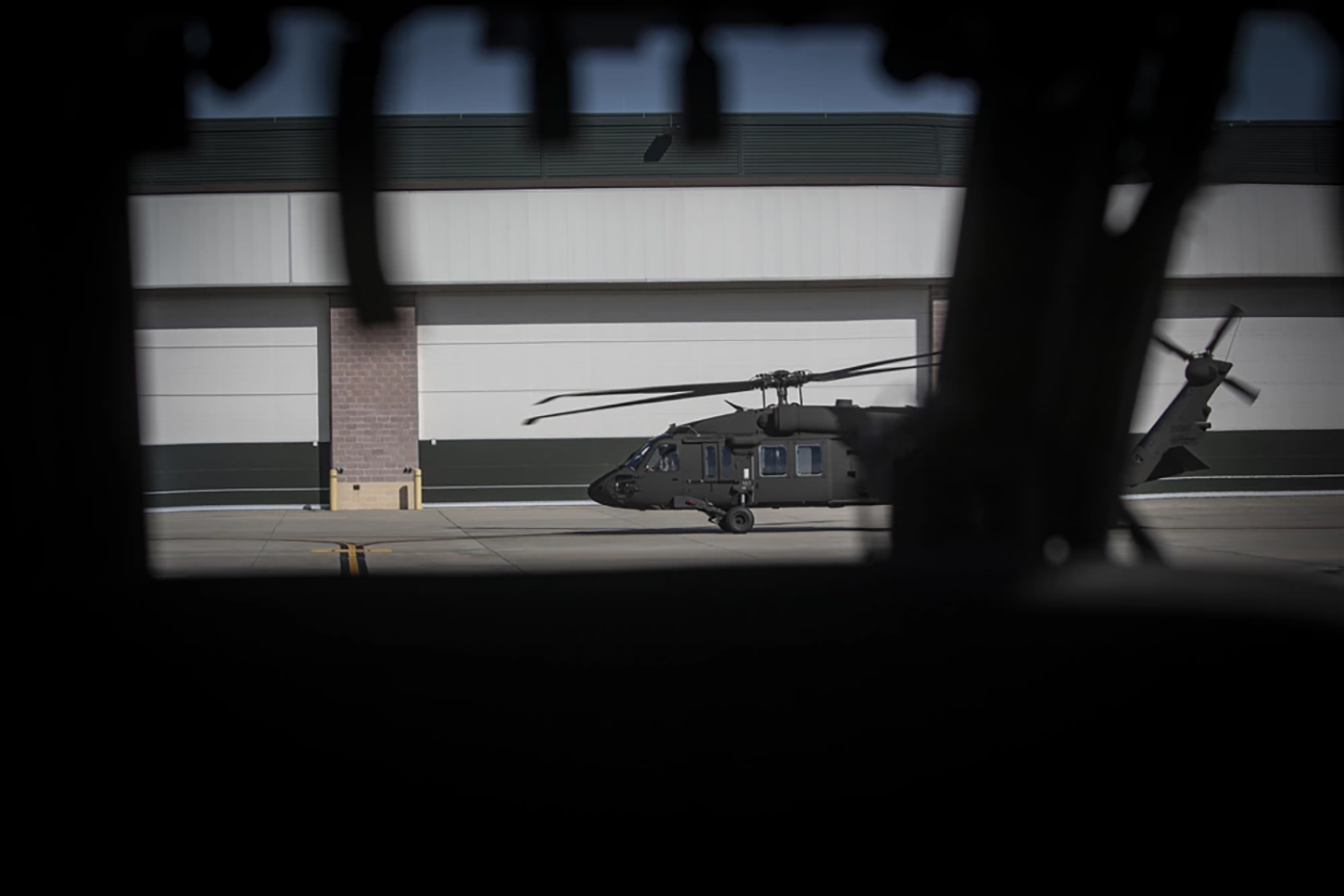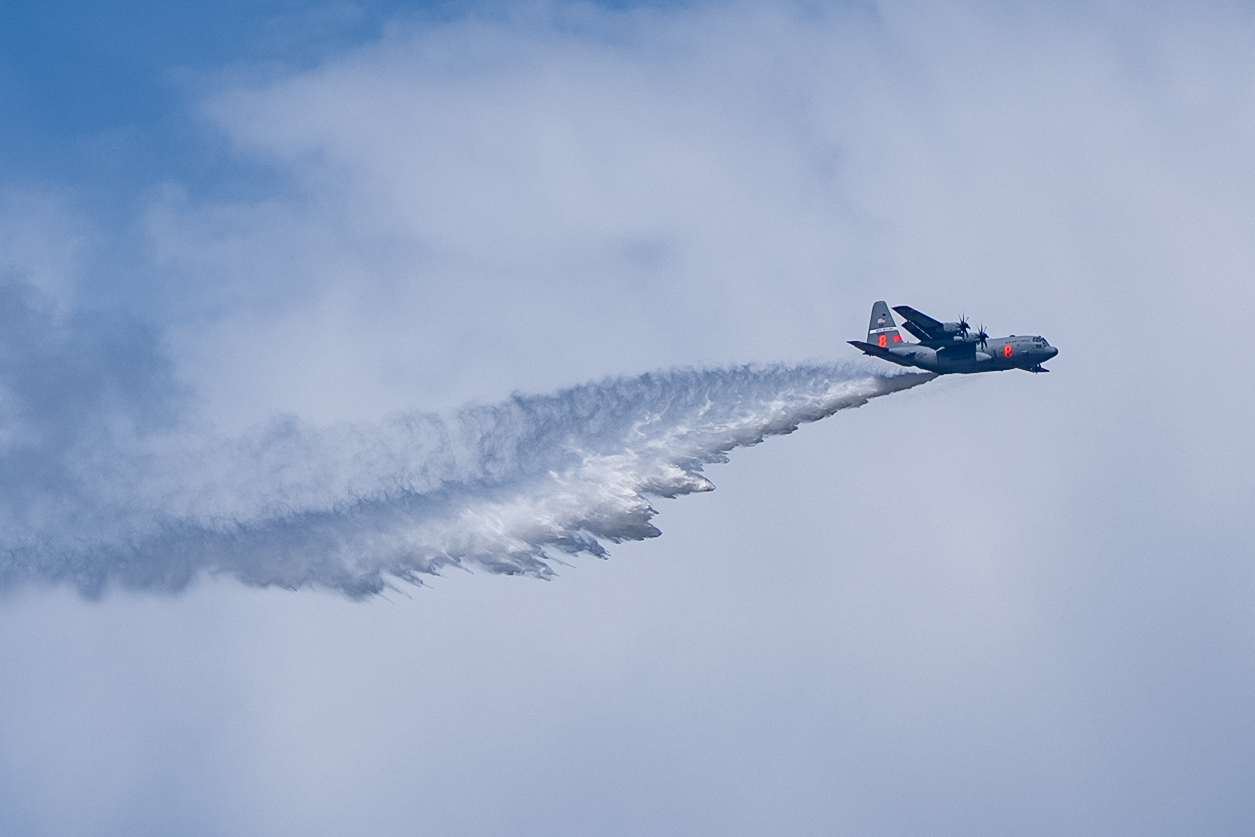Black Hawk helicopter: Workhorse of U.S. Army or a safety concern?
The UH-60 Black Hawk helicopter has been a workhorse of the U.S. Army since its debut in 1979, providing invaluable support for a range of military operations. However, safety concerns have dogged the aircraft for decades, and recent incidents have raised renewed questions about its safety.

The UH-60 Black Hawk helicopter has been a workhorse of the U.S. Army since its debut in 1979, providing invaluable support for a range of military operations. However, safety concerns have dogged the aircraft for decades, and recent incidents have raised renewed questions about its safety.
There have been 60 deaths in Black Hawk-related training incidents in the past decade. Despite this, the Army claims that recent years have been some of the safest for its aviation workhorse after decades of safety concerns. Safety concerns surrounding the Black Hawk have gained renewed scrutiny following a March crash in which two Black Hawks collided mid-air during a nighttime training exercise, killing nine soldiers with the 101st Airborne Division out of Fort Campbell, Kentucky. However, data provided by the Army suggests that the aircraft suffers fewer fatal accidents than other major platforms per flight hour.
Two Army Black Hawk helicopters crash in Kentucky killing 9 pic.twitter.com/BZU5OzxBjC
— TIME (@TIME) March 30, 2023
Timothy Loranger, an attorney and senior partner with Wisner Baum who has worked on multiple cases involving military aviation incidents, said, “This seems to happen often, too often. But there is no common thread, no one cause”.
While data suggests that the Black Hawk has a lower rate of fatal accidents than other major platforms per flight hour, questions remain about the safety protocols in place and the human factors that contribute to accidents. A congressionally ordered investigation of National Guard helicopter incidents found systemic failures within the part-time service, including poor training management, haphazard maintenance, overconfidence, and relatively little oversight on safety precautions. The bulk of incidents reviewed for the investigation were attributed to human error.
The National Guard and respective governors heavily rely on Black Hawks for state emergencies. Black Hawks account for 63 percent of the Army’s helicopter fleet, but make up the fewest incidents related to hours flown. The AH-64 Apache accounts for 21 percent of the service’s helicopter inventory but roughly double the fatal incidents as the Black Hawk, with 1.93 serious incidents per 100,000 flight hours. CH-47 Chinooks can fit more than 30 soldiers and account for more fatal incidents than Black Hawks but make up only 15 percent of the Army’s rotary fleet. The Chinook has an average of 1.59 major incidents per 100,000 flight hours.
Timothy Loranger, an attorney and senior partner with Wisner Baum who has worked on multiple cases involving military aviation incidents, said, “This seems to happen often, too often. But there is no common thread, no one cause”.
The incident at Fort Campbell marks one of the deadliest training incidents in the Army’s history and echoed a strikingly similar incident in which two Black Hawks collided in 1988, killing 17 101st Airborne soldiers.
It is of utmost importance that safety must remain a top priority for all involved in military aviation, particularly as Black Hawks are increasingly relied upon for state emergencies and environmental crises. Only with continued vigilance and a commitment to implementing the necessary safety precautions and protocols can the military ensure the well-being of those who put their lives on the line to serve their country.




.jpg)

.jpg)
Conversation